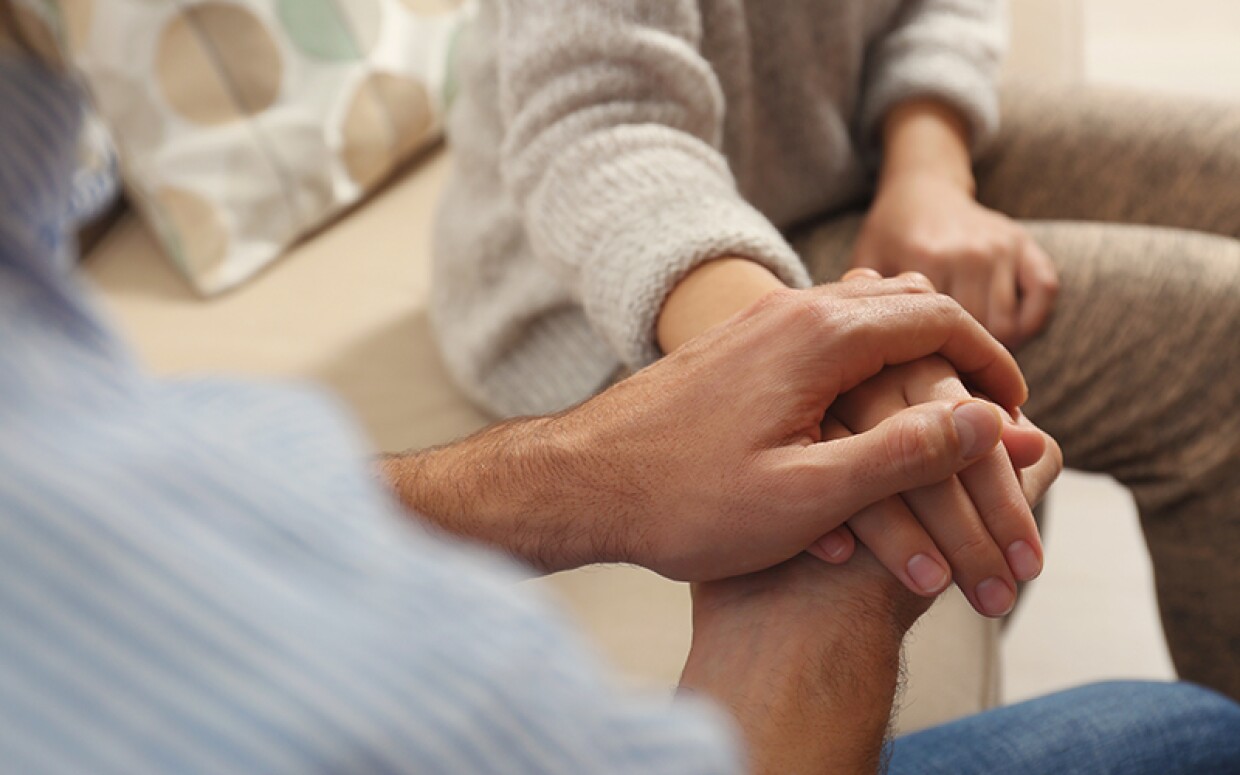Introduction to Dealing with Anxiety
Dealing with anxiety is one of the most common challenges people face in modern life. From work pressures to social expectations, stress can build up and lead to overwhelming feelings of worry and restlessness. Many people struggle with finding effective ways of Dealing with anxiety without relying solely on medication. One of the most natural and accessible approaches is using breathing and meditation. These methods have been practiced for centuries, offering calmness, balance, and resilience for the mind and body.
Understanding Anxiety and Its Impact
Before exploring breathing and meditation, it is important to understand what anxiety really is. Dealing with anxiety means recognizing it as more than occasional stress. Anxiety often shows up as racing thoughts, a rapid heartbeat, shortness of breath, or constant uneasiness. Left unchecked, it can affect productivity, relationships, and overall well-being. By learning natural strategies, dealing with anxiety becomes more manageable, and life feels more in control.
Why Breathing Matters in Dealing with Anxiety
Breathing exercises are among the simplest yet most powerful tools for dealing with anxiety. When people feel anxious, their breathing usually becomes shallow and rapid, signaling the body’s stress response. By practicing slow and controlled breathing, you can reverse this reaction and calm the nervous system. Dealing with anxiety through breathwork works because it shifts the body from a state of stress into relaxation, reducing tension in both the body and the mind.
Techniques for Breathing to Calm Anxiety
Several breathing methods can help in dealing with anxiety effectively. The 4-7-8 breathing technique involves inhaling for four seconds, holding the breath for seven seconds, and exhaling for eight seconds. This method slows the heart rate and promotes calmness. Another technique is diaphragmatic breathing, where you focus on deep belly breaths instead of shallow chest breathing. Practicing these techniques daily makes dealing with anxiety less overwhelming, as the body learns to reset itself naturally.
The Role of Meditation in Dealing with Anxiety
Meditation is another proven practice for dealing with anxiety. Meditation works by training the mind to focus on the present moment instead of being consumed by worries about the past or future. Regular meditation helps rewire thought patterns, making it easier to manage stress triggers. By incorporating meditation into daily life, dealing with anxiety becomes less about fighting against thoughts and more about observing them calmly.
Mindfulness Meditation for Dealing with Anxiety
Mindfulness meditation is one of the most popular forms used for dealing with anxiety. It teaches awareness of thoughts and feelings without judgment. When practicing mindfulness, you notice anxious thoughts but do not get carried away by them. Over time, this reduces the intensity of worry and builds emotional resilience. Dealing with anxiety through mindfulness is not about eliminating thoughts but about changing the way you respond to them.
Combining Breathing with Meditation
The most effective approach in dealing with anxiety is combining breathing with meditation. Starting a meditation session with deep breathing prepares the body and mind for stillness. This combination reduces stress hormones, increases focus, and enhances relaxation. For anyone dealing with anxiety, this creates a natural cycle of calmness that can be applied anytime stress arises.
Daily Routine for Dealing with Anxiety
Building a daily routine is essential for dealing with anxiety through breathing and meditation. Just 10 to 20 minutes of practice each day can bring noticeable improvements. Begin the morning with a short breathing exercise, take mindful breaks throughout the day, and end with meditation before sleep. Consistency is the key to making dealing with anxiety less of a struggle and more of a lifestyle habit.
Scientific Support for Breathing and Meditation
Research supports the effectiveness of breathing and meditation in dealing with anxiety. Studies show that deep breathing lowers cortisol levels, while meditation increases activity in brain areas linked to calmness and emotional regulation. This scientific evidence proves that dealing with anxiety through these natural techniques is not only traditional but also backed by modern psychology and neuroscience.
Additional Lifestyle Tips for Dealing with Anxiety
While breathing and meditation are powerful, combining them with healthy habits makes dealing with anxiety even more effective. Regular exercise, balanced nutrition, and quality sleep support mental health. Limiting caffeine and practicing gratitude also contribute to calmer emotions. A holistic approach ensures that dealing with anxiety addresses both the mind and body.
Conclusion: A Natural Path to Peace
Dealing with anxiety does not have to be overwhelming. By practicing breathing and meditation, anyone can find simple yet powerful ways to calm the mind and body. These techniques encourage presence, reduce stress, and build long-term resilience. For those searching for natural and sustainable solutions, dealing with anxiety through breathing and meditation offers a clear path toward peace, balance, and better mental health.



